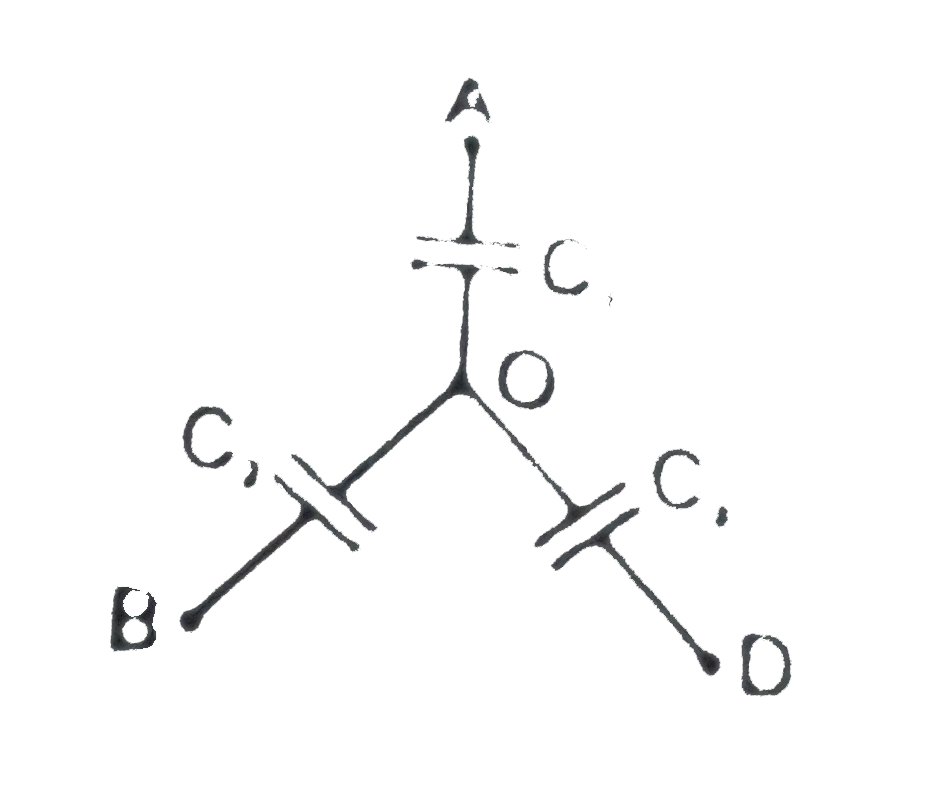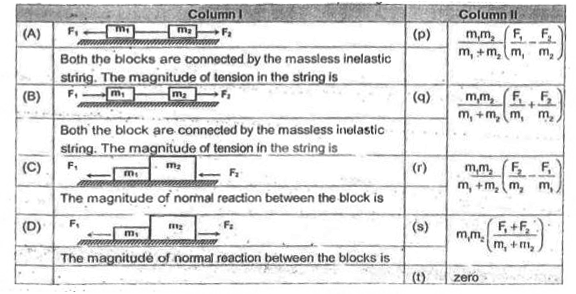I2 and F2 are added toa asolution containing 1M each of I−andF−. What reaction will take place? Given that the reduction potential of I2andF2 are 0.54 volt and 2.87 volts respectively.
Step by step video & image solution for I_(2) and F_(2) are added toa asolution containing 1M each of I^(-) and F^(-). What reaction will take place? Given that the reduction potential of I_(2) and F_(2) are 0.54 volt and 2.87 volts respectively. by Chemistry experts to help you in doubts & scoring excellent marks in Class 12 exams.
Topper's Solved these Questions
- BOOK - PRADEEPCHAPTER - ELECTROCHEMISTRYEXERCISE - VALUE BASED QUESTIONS WITH ANWER (Assertion-Reason Type Question Type-IO)17videos
ELECTROCHEMISTRY
- BOOK - PRADEEPCHAPTER - D- AND F-BLOCK ELEMENTSEXERCISE - IMPORTANT QUESTIONS30videos
D- AND F-BLOCK ELEMENTS
- BOOK - PRADEEPCHAPTER - GENERAL PRINCIPLES AND PROCESSES OF ISOLATION OF ELEMENTS EXERCISE - Curiosity Questions2videos
GENERAL PRINCIPLES AND PROCESSES OF ISOLATION OF ELEMENTS
Similar Questions
I2 and F2 are added to a solution containing 1M each of I−andF−. What reaction will take place? Given that the reduction potential of I2andF2 are 0.54 volt and 2.87 volts respectively.
View SolutionBr2 and I2 are added to a solution containing 1M each of Brc− and Ic− . What reaction will occur ?
View Solution
Knowledge Check
- Question 1 - Select One
Initially both blocks are at rest on a horizontal surface and string is just tight. At t=0, two constant horizontal force F1 and F2 start acting on blocks as shown. f1 and f2 are frication foces acting on 10kg and 20kg block (co-efficient of frication between and ground are 0.5). Values of F1 and F2 are given column-I. Then match magnitudes of f1,f2 and direction of →f1 with corresponding values of F1 and F2 given in column-I
[g=10m/s2].
 ACoulmn- ICoulmn- II(A)F2=120N,F1=40N(p)F2=100N,F1=20NBCoulmn- ICoulmn- II(B)F2=160N,F1=40N(q)F2=20N,F1=50NCCoulmn- ICoulmn- II(C)F2=60N,F1=90N(r)F2=70N,F1=50NDCoulmn- ICoulmn- II(D)F2=20N,F1=90N(s)unit vector in direction ¯f1is ˆi(t)unit vector in direction of ¯f1 is −ˆi
ACoulmn- ICoulmn- II(A)F2=120N,F1=40N(p)F2=100N,F1=20NBCoulmn- ICoulmn- II(B)F2=160N,F1=40N(q)F2=20N,F1=50NCCoulmn- ICoulmn- II(C)F2=60N,F1=90N(r)F2=70N,F1=50NDCoulmn- ICoulmn- II(D)F2=20N,F1=90N(s)unit vector in direction ¯f1is ˆi(t)unit vector in direction of ¯f1 is −ˆi
Cl2 and F2 are added to a solution containing 1M eaCHM of Clc− and Brc− . What reaction will occur ?
View SolutionI2 and Br2 are added to a solution containing Br− and T− ions what reaction will occur if I2+2e−→2I−,E∘=+0.54VandBr2+2e−→Br−,E2=+1.09V?
View SolutionI2 and Br2 are added to a solution containing Br− and T− ions what reaction will occur if I2+2e−→2I−,E∘=+0.54VandBr2+2e−→Br−,E2=+1.09V?
View SolutionIodine (I2) and bromine (Br2) are added to a solution containing iodine and bromide (Br−) ions. What reaction would occur if the concentration of each species is 1M? The electrode potentials for the reaction are: E∘I2/I−=0.54V,E∘Br2/Br−=1.08V
View SolutionI2 and Br2 are added to a solution containing Br– and I– ions. What reaction will occur if,
I2+2e−→2I−, E0=+0.54V and Br2+2e−→2Br−, E0=+1.09V?View SolutionThree uncharged capacitors of capacitance C1=1μF,C2=2μF and C3=3μF are connected as shown in the figure. The potential of point A, B and D are 10 volt, 25 volt and 20 volt respectively. Determine the potential at point O.
 View Solution
View SolutionColumn 1 gives four different situations involving two blocks of mass m1andm2 placed in different ways on smooth horizontal surface as shown. In each of the situations, horizontal forces F1andF2 are applied on blocks of mass m1andm2, respectively and also m2F1<m1F2. Match the statements in column I with the corresponding results in column II.
 View Solution
View Solution

